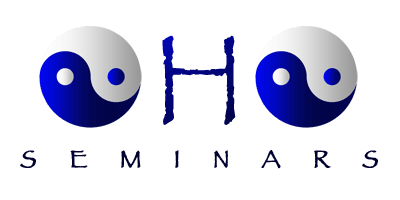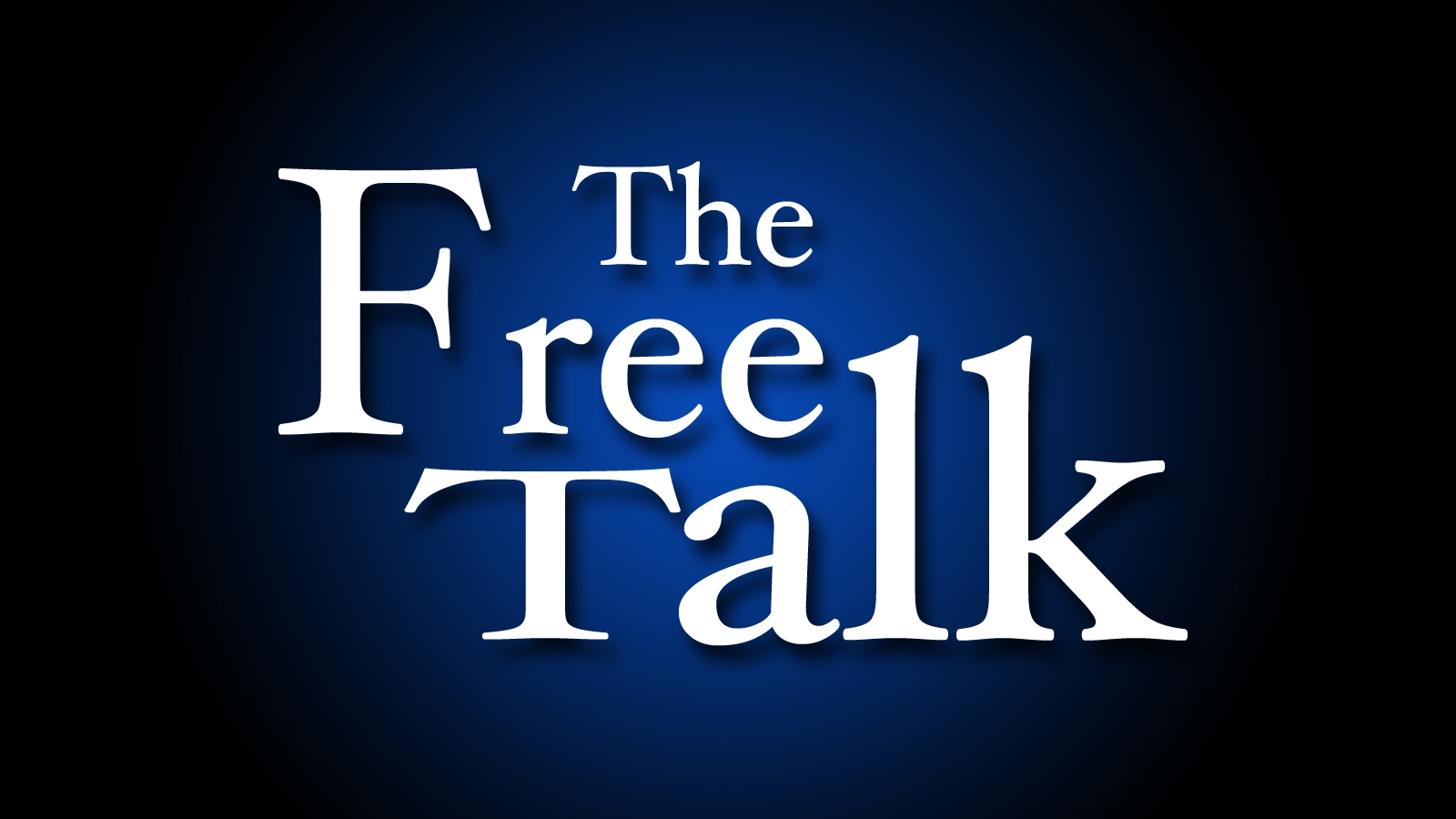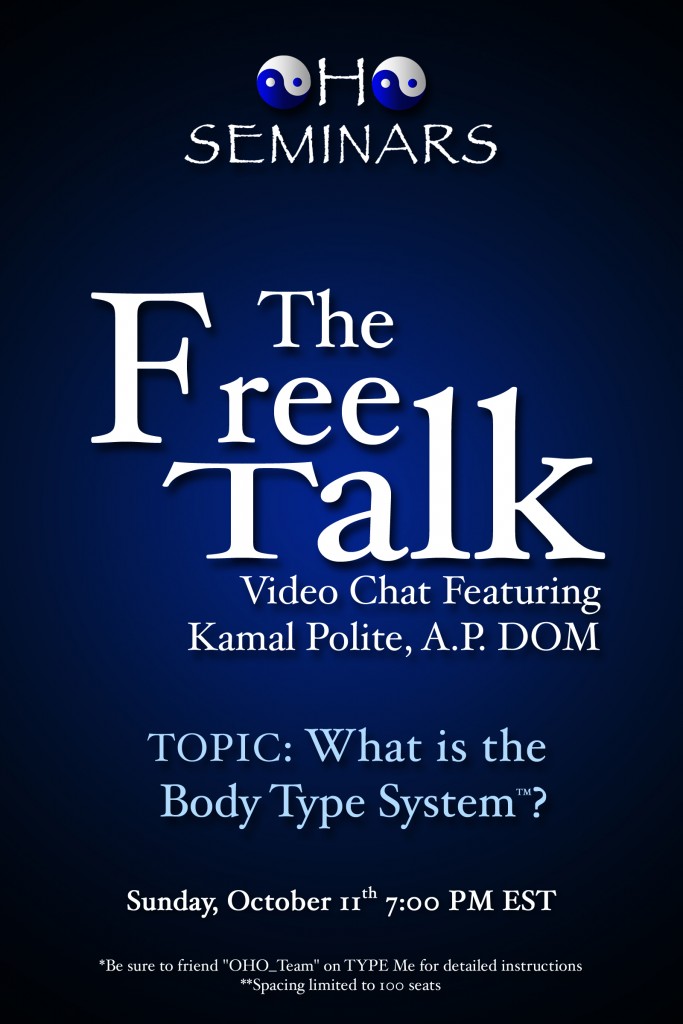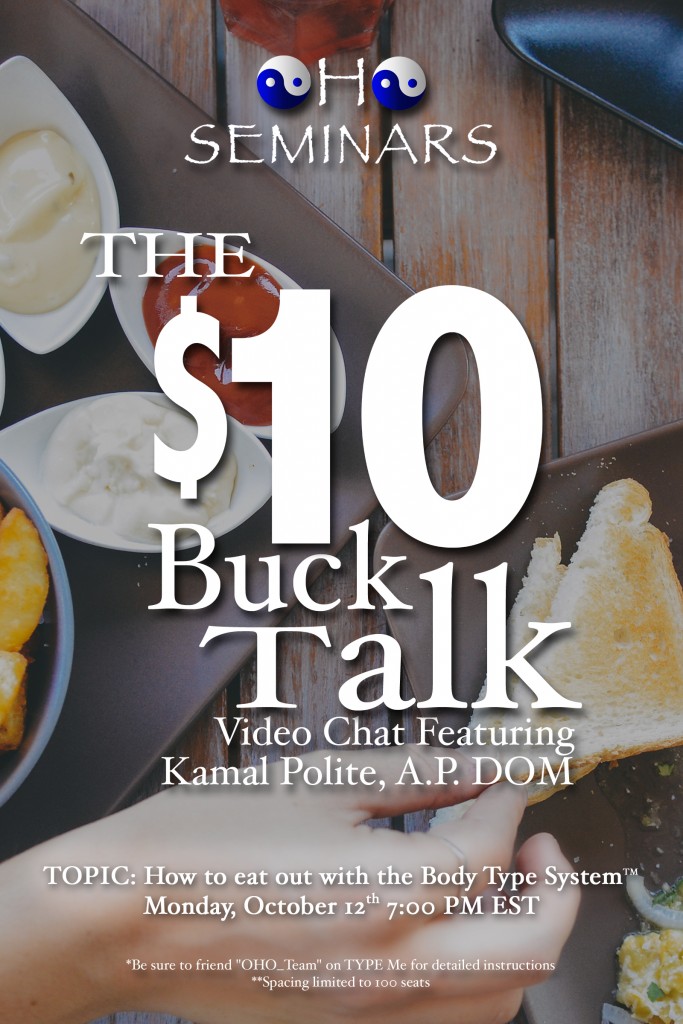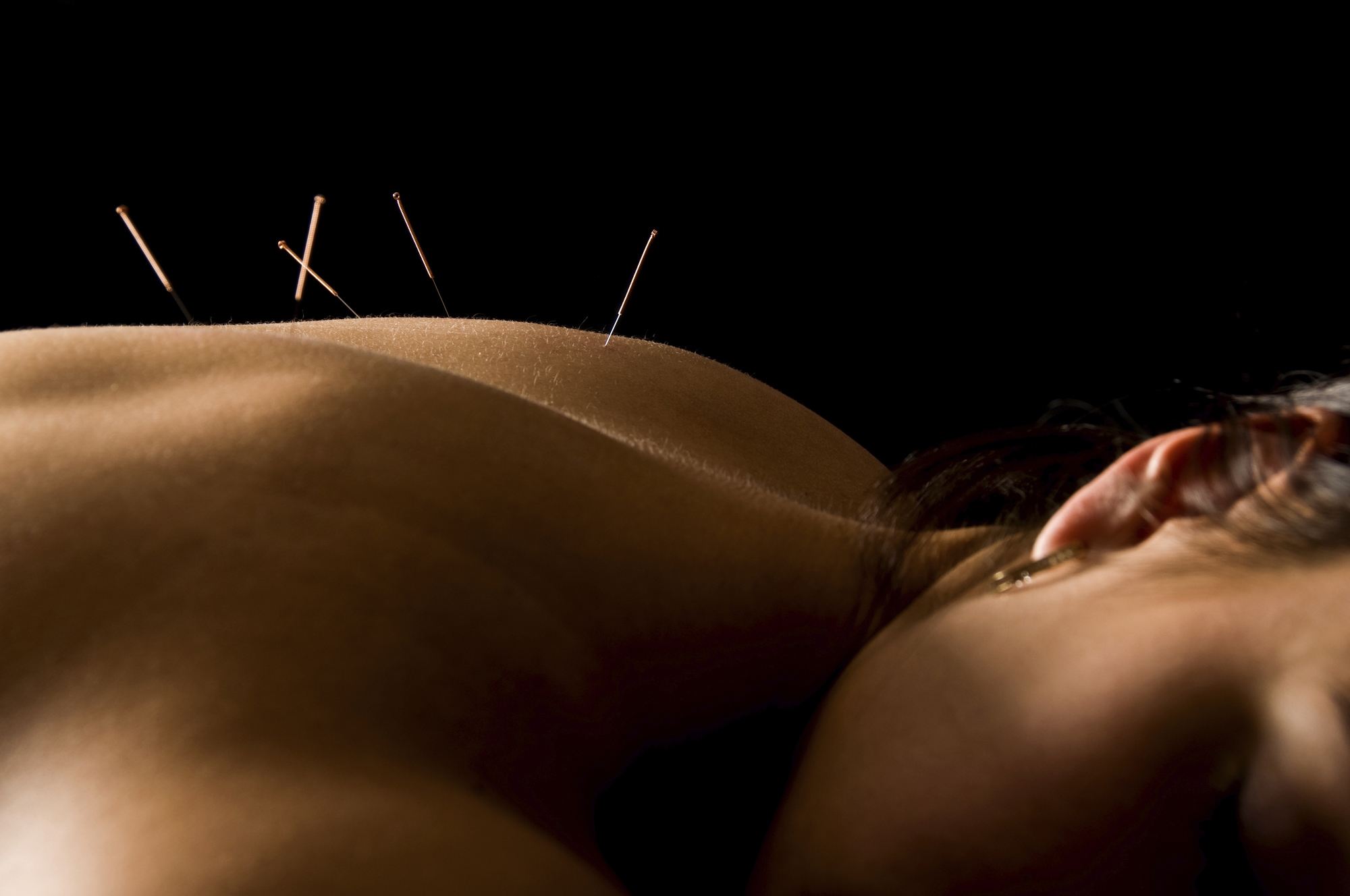The Free Talk 10/11/15
Ten Buck Talk 10/12/2015
How to Appreciate Your Acupuncturist
I would like to start off this series of articles by helping the general public to understand an undervalued healthcare resource in their community – namely, the acupuncturist. Now they may go by different titles in different states such as Licensed Acupuncturist, Oriental Medical Doctor (OMD), Doctor of Oriental Medicine ( DOM), Registered Acupuncturist, Doctor of Acupuncture, etc. Whatever they present themselves as, many in the Western world may not realize the extensive education that this professional may encapsulate.
This type of medical professional has a continuous living tradition of more than 5 millennia and is constantly evolving to make its medical practice more refined and simplified so that the global community may have access to an inexpensive form of healthcare. Now, when one sees a particular profession as inexpensive, they may not realize the true value of its precepts.
Take for example, the common cold. When you go to a Western doctor you have the presentation of symptoms – which may be a variety of things like cough, sneezing, restricted airway, fever, headache, nausea, etc. After the typical examination of the head, eyes, ears, nose, throat, and the review of systems – the Western doctor will come back with a description of these symptoms as Nasopharyngitis, which simply means that the nasal passages and the pharnyx, which is the tube that is connected to the nasal passages that goes through the respiratory system, is enflamed. They may do a blood test to rule out other conditions by looking at your basophils, eosinphils, or neutrophils. They also look at viral load or bacterial infection identification which may change the diagnosis or description to influenza or various types of other infectious diseases.
In the case of influenza, there may be two types – influenza A, influenza B or others that are yet to be discovered. From there, after a description or diagnosis can be made, there are treatment protocols. In Western Medicine there are three main approaches to disease: surgery, pharmacology, and physical rehabilitation. If there are no protocols that match up with the diagnosis, then the patient is left in a void.
Typically in America, a patient will seek other opinions from various doctors and the traditional Western Medicine sphere only to be met with the same three options. Several years may pass and eventually they may find their way to what a 200 year old medical practice describes as an “alternative.” It may be an alternative to some, but to nearly 25% of the world’s population this has been primary healthcare for 5,000 years. The ‘ist’ in acupuncturist devalues the education and the tradition of this expert diagnostician to the level of a therapist. In actuality this professional in their tradition uses the Chinese title Dai Fu, which means doctor.
But why do the Chinese consider those that practice this ancient science doctors? In the above case of the presentation of symptoms, the collection of symptoms would be determined in a logical form of a discerned skill called differentiation. It’s proper term in Traditional Chinese Medicine is Bian Zheng, which means syndrome differentiation. As an acupuncturist evaluates your collection of symptoms as well as when they examine the signs, they determine how they are related to the dynamic function of the human body. From there it can be determined the difference between the Ben (root) or the Biao (branch).
In the case of the Western diagnosis of nasopharyngitis, this would be considered the Biao, or the branch of the disease process and not the root because according to Chinese Medicine, the collection of symptoms is related to environmental factors. These factors include sudden changes in atmospheric pressure, for example, wind, heat, humidity, dryness, and sudden cold. With that said, those ancient concepts in modern day are talking about the human body’s ability, or lack there of, to adjust itself to environmental changes, or in ancient terms Zang Xiang. This can readily be translated as the immune system.
The immune system’s inability to deal with as it is called in modern terms pathogens such as a virus, bacteria, or fungi causes a presentation of symptoms. In Chinese medical terms we call these signs. From the patient’s point of view these are symptoms. Once these collection of symptoms and signs are put together and evaluated by your Chinese trained doctor, he or she will put together a description based on the Syndrome. The root cause of nasopharyngitis will be determined and the appropriate prescription will be administered.
In the case of the common cold in Chinese medical terms, five main syndromes can be differentiated: mainly wind, wind-cold, wind-heat, wind-dampness, wind-dryness. So what is this wind that the ancients were talking about? When the winds come in contact with the human body, the internal pressure and the external pressure of the human body needs to be adjusted. Those without a significant pressurization protocol, namely the body’s ability to regulate it’s pores, can be “invaded” by this wind.
Throughout the planet, traveling through the air, different viruses, bacteria, and fungal spores can be found. If the body does not have a significant immune system, and the pores can absorb as opposed to reject these pernicious influences. The resulting presentation of reactions simply will be labeled “sickness.”
In modern terms we now can determine bacteria or viruses that may cause fever, but in ancient times these same viruses and bacteria caused “heat,” which is synonymous as fever. These bacteria and viruses could cause “cold,” which the patient would describe as chills, and likewise, thick and humid presentation within the body would be mucus. The patient would present nasal discharge. With these different presentations, the acupuncturist would go to a series of pulses throughout the body and select the appropriate pulses to adjust physiological function. These pulses in their modern day description are called acupuncture “points.”
In the case of the above collection of symptoms and signs that we can determine as wind wind-heat, wind-cold, etc., a prescription selection has been devised over the last 5,000 years to simplify the elimination of this wind and support the immune system or Zheng Qi. The treatment process is relatively simple with a professional touch. The properly placed insertion of medical devices called Zheng Jiu, or needles, in the exact area where the pulse is, or acupoints, will give the expressive therapeutic response.
In a sense, this can be likened to a form of micro-surgery based on anatomical regions that must be carefully identified so that the disruption of physiological flow may not be disturbed. In the case of traditional Westernized style surgery, the surgeon must avoid critical areas of anatomy not to create another life-threatening situation while alleviating the patient’s suffering. Likewise, the acupuncturist has to be a master of anatomy to be able to accomplish the same goal and provide a cascade of physiological responses in order to achieve internal balance and harmony.
So whether you are a patient or a professional in the field of medicine or have encountered medical practices because of your own personal suffering, remember this: the acupuncturist who is well trained in the original form of classical Chinese Medicine and its modern form – Traditional Chinese Medicine – is an expert at anatomy and physiology, diagnosis, and treatment with years of knowledgeable experience (5,000 years) and whatever clinical experience they may have in their own personal exercise of the continuation of this long standing medical tradition. This professional will be able to deal with the “branch” of your suffering (in this case the common cold) and deal with the “root” of your suffering (which in this case modern medicine has determined is some form of infectious disease) by unlocking your body’s ability to initiate its immunological software protocol.
To make a modern day analogy, when you go to your “regular” doctor and they send you over to a specialist, you have both the diagnosis determined by the primary doctor and by the specialist. Each will give you a range of options which are based on the three listed above, or, they may determine that there is no treatment at all. However, in the case of your Acupuncturist, and the body of knowledge that they continue to exercise, you will receive both the primary and specialized diagnosis’s with one physician. In addition, you will also receive a prescription for a treatment protocol based on not only the “branch” of your illness, but the “root” cause of your illness.
Finally, one way to show appreciation for what this Acupuncture tradition provides for the global community is to RUN not walk to your local practitioner for whatever ails you. That is to say:
- R – ealize how long this tradition has been an active practice globally as well as the different successes it has continued to achieve from then until now.
- U – nderstand that with this collection of experiences, this preeminent form of healthcare has skillfully been perfected over time.
- N – ever undervalue this resource because they are just waiting to provide assistance worldwide.
Until next time, enjoy the journey!
How to Eat Out with The Body Type System™ Series – Part 2
Welcome again to this part of the journey. The next series of tips come from a place of discovery. A child like discovery. REMEMBER TO PLAY WITH YOUR FOOD. One of the most vital experiences of childhood is to PLAY. Playing allows for discovery of new environments and allows the person to experiment with themselves safely to determine the true nature of their surroundings.
- Befriend the waiter let them know you have an allergy and are on a special diet. Ask them if it would be possible for their chef to accommodate your needs. As the patron typically they will accommodate you, NEVER BE AFRAID TO SIMPLY ASK!
- Request to see their nutrition and allergen guide detailing the ingredients in their dishes. Many places also offer this online.
- Go Ethnic – look for restaurants off of the beaten path- they tend to be very accommodating.
- Request to have your dressings and condiments on the side – that way you can verify the ingredients yourself!
- Make sure that you double check with your server to verify that there will be no cheese sprinkled on top of your food or butter cooked in your dish if you are unable to have animal proteins.
- Bring pocket-sized creamers and sweeteners for your drinks.
- Order a variety of side dishes if you are having issues finding an entree.
- Instead of going for fast food, run into your local grocery store and grab something to go!
Until next time, enjoy the journey!
Jiao Shi
